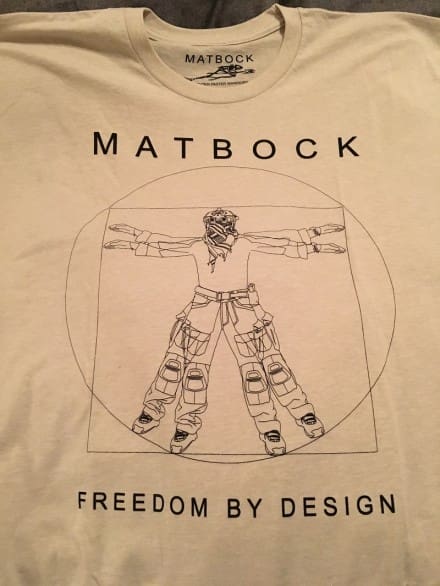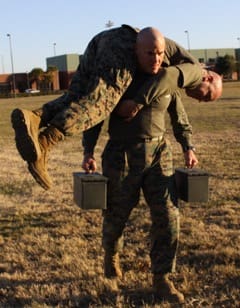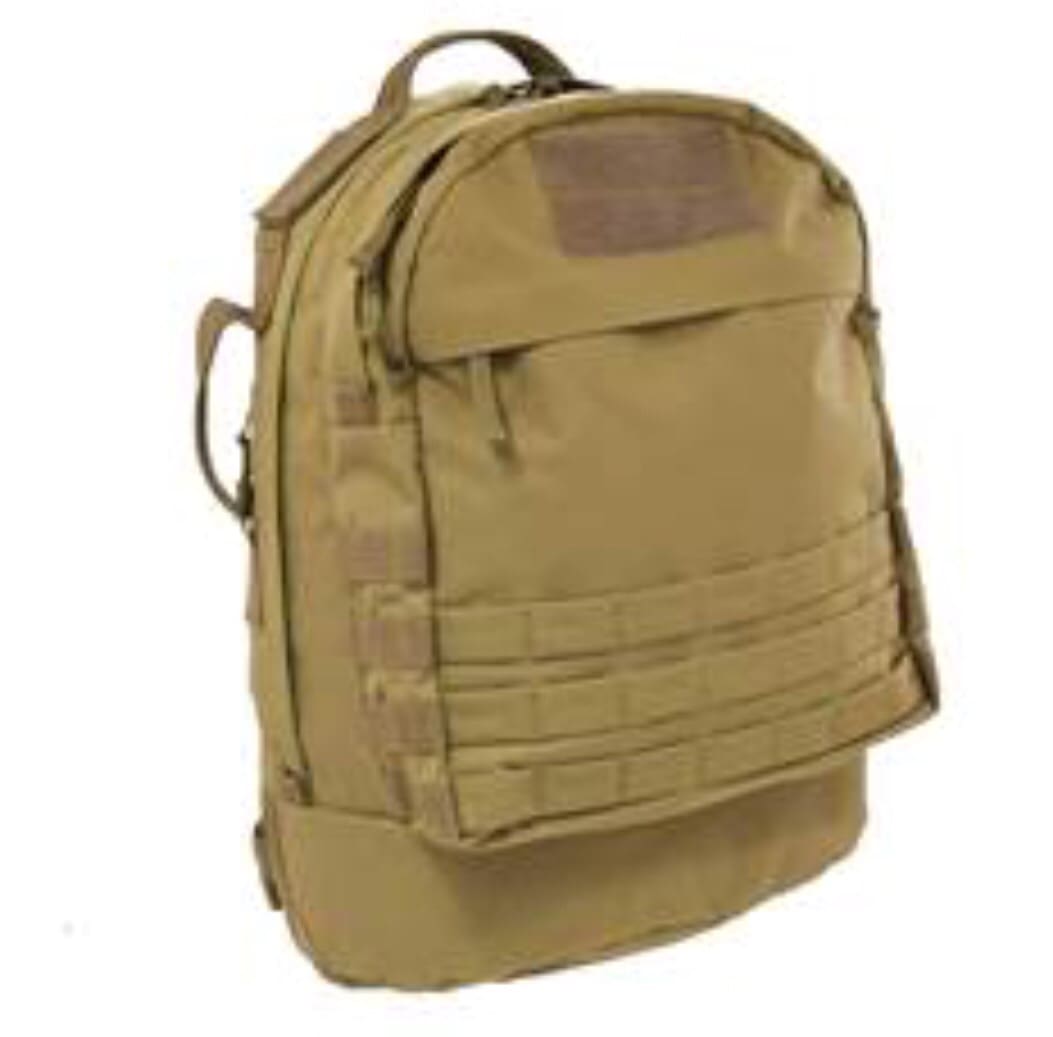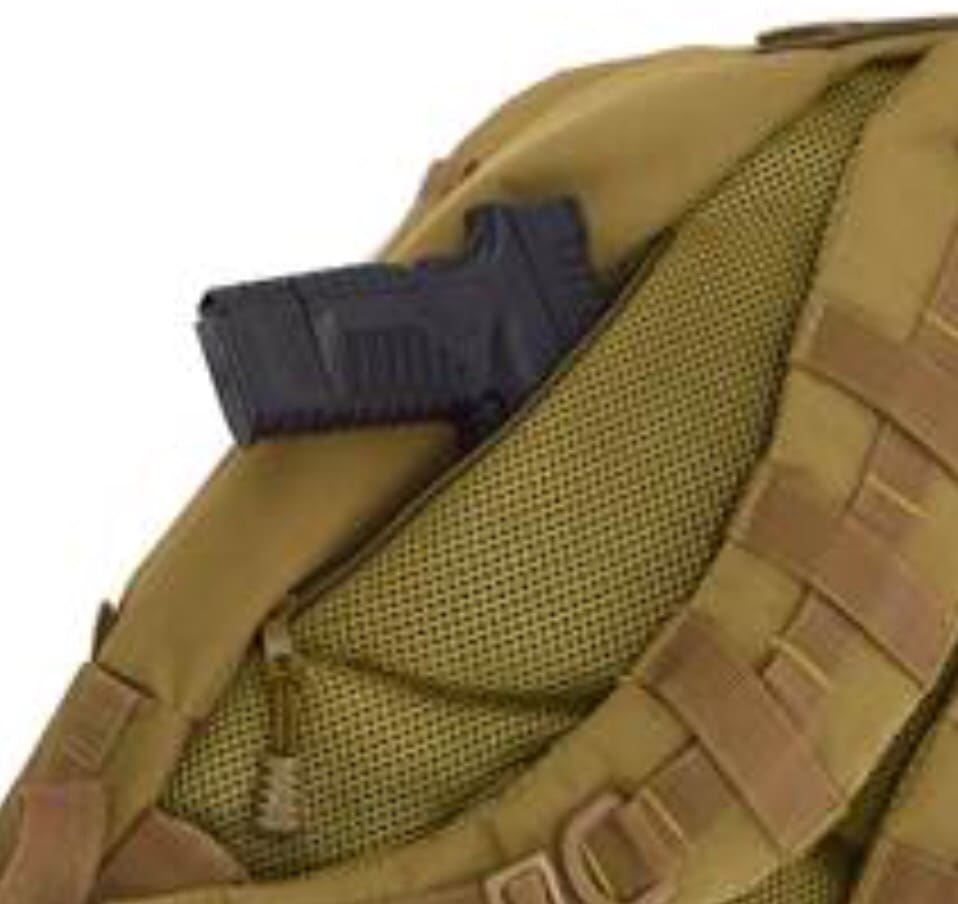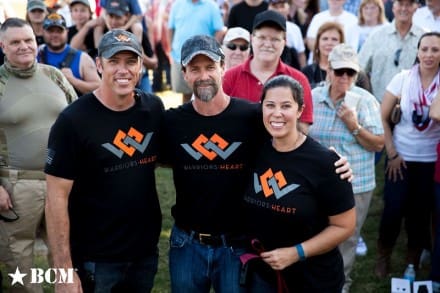
MISSION 22
Wars do not end for Soldiers, Sailors, Marines and Air Men because they have returned home. For the people who have fought our wars, their fight does not end when they step off a plane onto the tarmac outside a war zone.
Today, twenty American veterans kill themselves, everyday, in the United States. Making this singular truth known to all Americans is our purpose. From this truth, Mission 22 inspires others to take up the cause of Veteran’s Suicide by creating or supporting efforts in their communities that can insure the people entrusted with fighting our wars, have the support at home that they need to come home in both their hearts and minds.
Founded by US Army Special Operations Combat Veterans, Mission 22 was started by warriors facing personal battles with Traumatic Brain Injury (TBI) and Post Traumatic Stress (PTSD) during and after their service with the military. When Mission 22 started, twenty two veterans were committing suicide every day. Mission 22 has reached millions of Americans with their message and as Americans learn the truth, they are taking action.
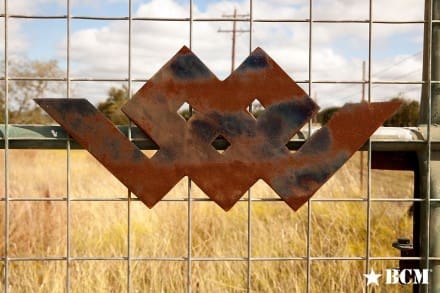
WARRIOR’S HEART
Co-founded by Mission 22 co-founder, Tom Spooner, Warrior’s Heart is a facility built specifically to treat Post Traumatic Stress and substance abuse issues facing veterans today. Built on the former site of the Purple Sage Ranch, northwest of San Antonio, Texas; Warriors Heart is a private facility with on-premises lodging, private therapy suites, group therapy spaces, fitness areas, recreational spaces, dining, and over 543 acres of Hill Country for exploration and private reflection.
With so much under one roof, Warriors Heart is able to provide physical, emotional, spiritual and cognitive healing for our veterans and first responders in one place. With their official opening on October 15, Warriors Heart is working to heal dozens of Veterans and First Responders who have come to the facility seeking a way to come home and connect with who they are.
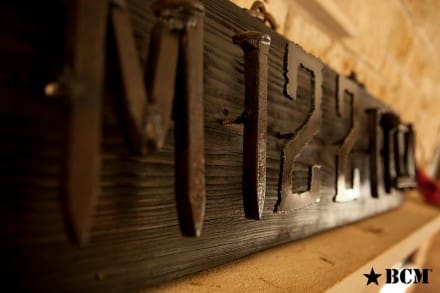
ART THERAPY
From its beginnings, Mission 22 created public and private art pieces that both raised awareness of Veteran suicide as well as helped the creators, combat veterans, on their path to healing. These pieces were designed to live in the everyday, where Americans worked and lived. These pieces were put in place to remind everyone who saw them, that there was a human cost to protecting our nation.
At the Warrior’s Heart facility, Mission 22 maintains a creative workshop space where “clients” can express their experiences and themselves through art. Providing raw materials and the tools to craft them, warriors have crafted personal works that they take with them at the end of their journey or leave on the campus to be displayed throughout the grounds of Warrior’s Heart.

SERVICE DOGS
Operation Overwatch works with the clinicians at Warriors Heart to train service dogs specifically to what is needed in the treatment process for a veteran or first responder actively in the healing process. Post traumatic stress can be cued by smells, sounds or even the weather. Service dogs can be trained to recognize these triggers and intervene to help their person before an event can occur or to stop an event in progress. Additionally, these Service Dogs can be trained for mobility assistance and as companion dogs. To date, all dogs have either been rescues or “owner surrenders”, and often times clients can relate their personal struggles with that of one of the hand-picked shelter dogs. Group classes and private sessions are offered where clients learn training, husbandry, structure and communication skills vital to not only personal healing, but relationship building as well.

THE WAR AT HOME MEMORIAL
Conceived of and built by Mission 22, the War at Home Memorial features twenty Coreten steel plates, each with water jet cut silhouettes and dog tags of real American veterans that lost their battle, here at home. Arranged in a phalanx, these are the silhouettes of fathers, brothers, sisters and friends; killed by shots fired from the other side of the planet, in battles that ended long ago.
Debuting to the public at the Warriors Heart Opening, this memorial is unlike others, built in place and seen only by those who go out of their way to pay their respects. The War At Home Memorial has been designed to travel, so that it can find it’s way into the population centers of the United States where it can be seen by everyone and that they can know the truth about Veteran suicide in America today.
To arrange for the War at Home Memorial to come to your city, contact Mission 22 at www.mission22.com/ contact-us-1
Learn more about Warriors Heart and see how you can help here www.warriorsheart.com.
Learn more about Operation Overwatch and service dogs here www.operationoverwatch.org.


